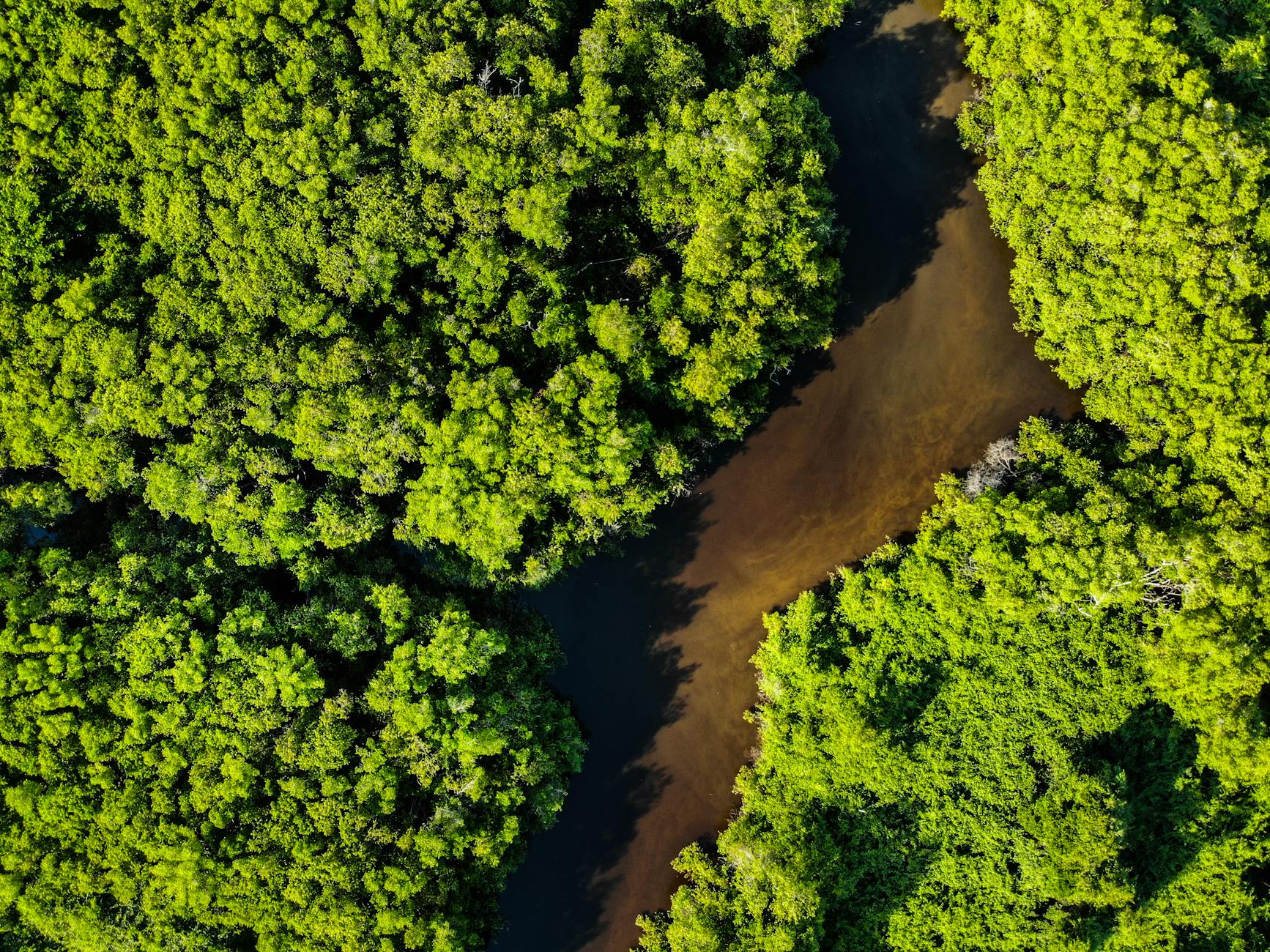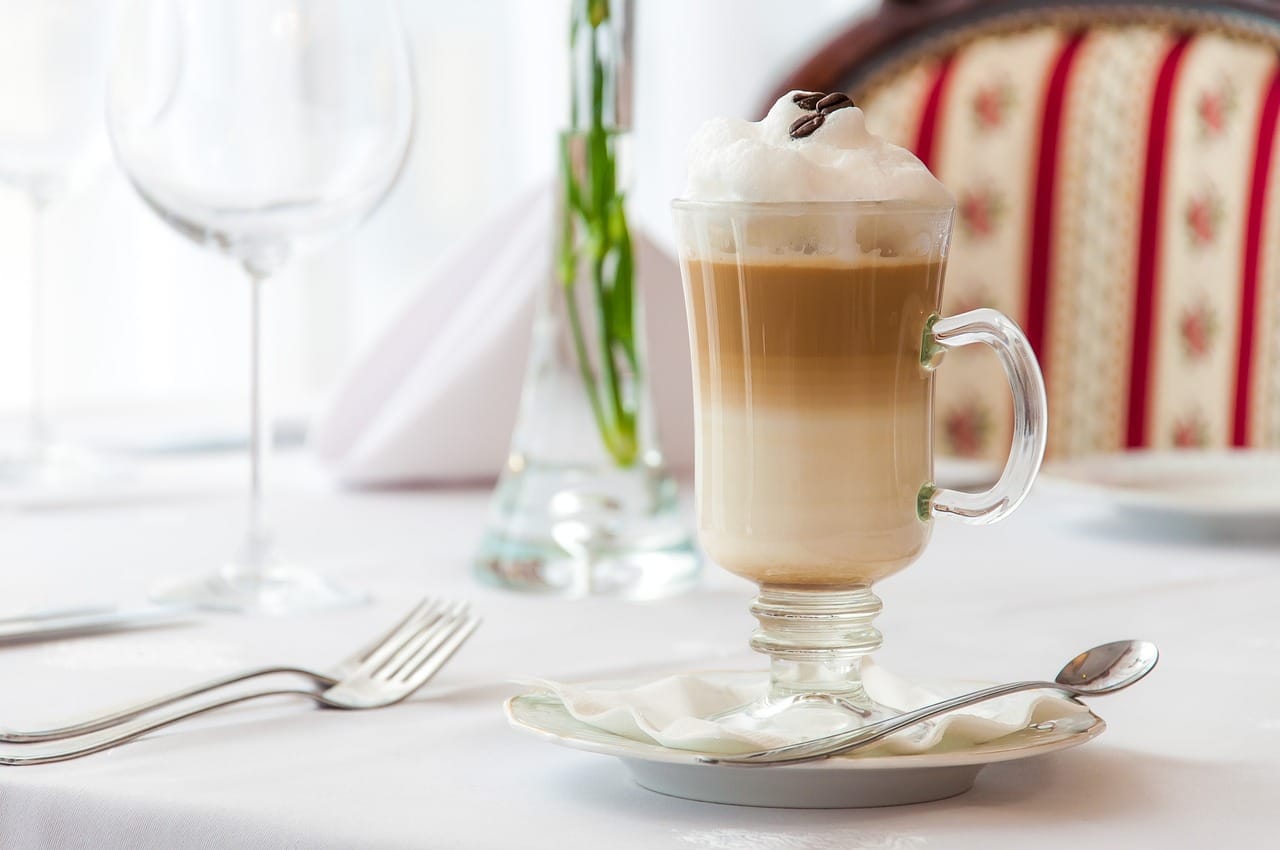Arabica Coffee Beans: The Gold Standard of Coffee
Coffee lovers, gather around!
Today, we’re diving deep into the world of Arabica coffee beans. These little gems are the cornerstone of the coffee industry, beloved by connoisseurs and casual drinkers alike.
But what makes Arabica so special? Let’s embark on a flavourful journey to uncover the secrets of these prized beans.
What Are Arabica Coffee Beans?
Arabica coffee beans come from the Coffea arabica plant, one of the two main species of coffee plants[1].
This species accounts for about 55% of global coffee production, making it the most popular coffee variety worldwide[2].
Arabica beans are known for their:
- Complex flavour profiles
- Lower caffeine content
- Smoother taste
- Higher acidity
These characteristics set Arabica apart from its counterpart, Robusta, and contribute to its popularity among coffee enthusiasts.
The Origins of Arabica Coffee
Arabica coffee has a rich history that dates back centuries. The plant is believed to have originated in Ethiopia, specifically in the province of Kaffa[3]. From there, it spread to other parts of the world, including:
- Yemen
- India
- Indonesia
- Central and South America
Today, Arabica coffee is grown in various regions across the globe, each imparting unique flavour characteristics to the beans.
Growing Conditions for Arabica Coffee
Arabica coffee plants are quite particular about their growing conditions. They thrive in:
- High altitudes (3,000-6,000 feet above sea level)
- Temperatures between 60-70°F (15-21°C)
- Well-draining, slightly acidic soil
- Partial shade
These specific requirements contribute to the slower growth of Arabica plants, which in turn allows for more complex flavour development in the beans[1].

Flavour Profile of Arabica Coffee
One of the main reasons Arabica coffee is so beloved is its diverse and complex flavour profile. Depending on the origin and processing method, Arabica beans can exhibit a wide range of taste notes, including:
- Fruity (berries, citrus)
- Floral
- Nutty
- Chocolatey
- Caramel-like
- Spicy
This variety of flavours makes Arabica coffee a versatile choice for different brewing methods and blends.
Arabica vs Robusta: A Comparison
While Arabica is the most popular coffee variety, it’s not the only one. Let’s compare Arabica to its main competitor, Robusta:
| Characteristic | Arabica | Robusta |
|---|---|---|
| Flavour | Complex, varied | Strong, bitter |
| Caffeine content | Lower (1.2-1.5%) | Higher (2.2-2.7%) |
| Growing conditions | More demanding | Hardier |
| Price | Generally higher | Generally lower |
| Shape | Oval | Round |
This comparison highlights why Arabica is often preferred for speciality coffee, while Robusta is more commonly used in instant coffee and espresso blends[2].
Popular Arabica Varieties
Within the Arabica species, there are several varieties, each with its own unique characteristics. Some popular Arabica varieties include:
- Typica: The original Arabica variety, known for its clean, sweet taste
- Bourbon: A mutation of Typica, with a balanced flavour and slight sweetness
- Caturra: A dwarf mutation of Bourbon, with a bright acidity
- Gesha/Geisha: A highly prized variety known for its floral and tea-like qualities
- SL28 and SL34: Kenyan varieties known for their complex, wine-like acidity
Each of these varieties contributes to the diverse world of Arabica coffee, offering coffee lovers a wide range of flavour experiences.
Sustainability and Arabica Coffee
As coffee lovers, it’s crucial to consider the sustainability of our favourite beverage. Arabica coffee faces several challenges in this regard:
- Climate change: Arabica plants are sensitive to temperature changes, making them vulnerable to global warming
- Pests and diseases: The plants are susceptible to various pests and diseases, which can devastate crops
- Deforestation: The demand for coffee can lead to clearing of forests for plantations
However, there are efforts to address these issues. Many coffee producers are adopting sustainable farming practices, such as:
- Shade-grown coffee: This method preserves forest ecosystems while providing ideal growing conditions for Arabica plants
- Organic farming: Reducing the use of harmful pesticides and fertilizers
- Fair Trade certification: Ensuring fair wages and working conditions for coffee farmers
By choosing sustainably sourced Arabica coffee, we can enjoy our favourite brew while supporting environmentally friendly practices.
Brewing Arabica Coffee
To fully appreciate the nuanced flavours of Arabica coffee, proper brewing is essential. Here are some popular brewing methods that work well with Arabica beans:
- Pour-over: This method allows for precise control over the brewing process, highlighting the bean’s complex flavours
- French press: Ideal for bringing out the full body and rich taste of Arabica coffee
- Espresso: While often associated with Robusta, high-quality Arabica beans can produce excellent espresso
- Cold brew: Perfect for showcasing the smooth, less acidic side of Arabica coffee
Experiment with different brewing methods to find the one that best suits your taste preferences and brings out the unique characteristics of your Arabica beans.
Storing Arabica Coffee Beans
To maintain the quality of your Arabica coffee beans, proper storage is crucial. Follow these tips:
- Store in an airtight container
- Keep away from light, heat, and moisture
- Avoid refrigerating or freezing (unless for long-term storage)
- Buy whole beans and grind as needed
- Use within 2-4 weeks of roasting for optimal freshness
By following these guidelines, you’ll ensure that your Arabica coffee beans retain their flavour and aroma for as long as possible.
The Future of Arabica Coffee
As we look to the future, Arabica coffee faces both challenges and opportunities. Climate change remains a significant threat to Arabica production, with some estimates suggesting that wild Arabica could become extinct by 2080[4].
However, there are also promising developments:
- Research into more resilient Arabica varieties
- Improved farming techniques to increase yield and quality
- Growing consumer awareness about the importance of sustainable coffee production
These factors give hope for the continued availability and quality of Arabica coffee in the years to come.
Conclusion
Arabica coffee beans truly are the gold standard of the coffee world. Their complex flavours, smooth taste, and rich history make them a favourite among coffee lovers worldwide. As we continue to enjoy our daily cup of Arabica, let’s also be mindful of the challenges facing this beloved crop and support sustainable coffee practices.
Whether you’re a seasoned coffee connoisseur or just beginning to explore the world of specialty coffee, Arabica beans offer a wealth of flavours and experiences to discover. So, the next time you brew a cup of Arabica coffee, take a moment to appreciate the journey these beans have made from farm to cup. Here’s to many more delicious cups of Arabica coffee in our future!
References
- Hoffmann, J., 2018. The World Atlas of Coffee: From beans to brewing – coffees explored, explained and enjoyed. 2nd ed. London: Mitchell Beazley.
- Illy, A. and Viani, R., 2005. Espresso Coffee: The Science of Quality. 2nd ed. London: Elsevier Academic Press.
- Pendergrast, M., 2010. Uncommon Grounds: The History of Coffee and How It Transformed Our World. New York: Basic Books.
- Davis, A.P., Gole, T.W., Baena, S. and Moat, J., 2012. The Impact of Climate Change on Indigenous Arabica Coffee (Coffea arabica): Predicting Future Trends and Identifying Priorities. PLoS ONE, 7(11), p.e47981.
- Specialty Coffee Association, 2021. The Coffee Taster’s Flavor Wheel. [online] Available at: https://sca.coffee/research/coffee-tasters-flavor-wheel [Accessed 10 September 2024].
Citations:
[1] https://squatchcoffee.com/the-superiority-of-arabica-coffee-beans-a-brew-worth-savoring/
[2] https://majestycoffee.com/blogs/posts/is-all-coffee-arabica
[3] https://www.punthaicoffee.com/en/blog/article/the-world-of-arabica-coffee-beans
[4] https://coffeeblog.co.uk/how-to-check-quality-coffee-arabica-coffee-beans/
[5] https://www.javapresse.com/blogs/french-press/the-ultimate-guide-to-french-press-coffee
[6] https://www.reddit.com/r/Coffee/comments/g97uc6/french_press_guide_ultimate_beginners_guide_from/
[7] https://www.batchcoffee.co.uk/stories/how-to-use-a-french-press
[8] https://www.roamroast.com/products/bitterroot-coffee-blend-bold-flavors-for-the-bold-traveler

